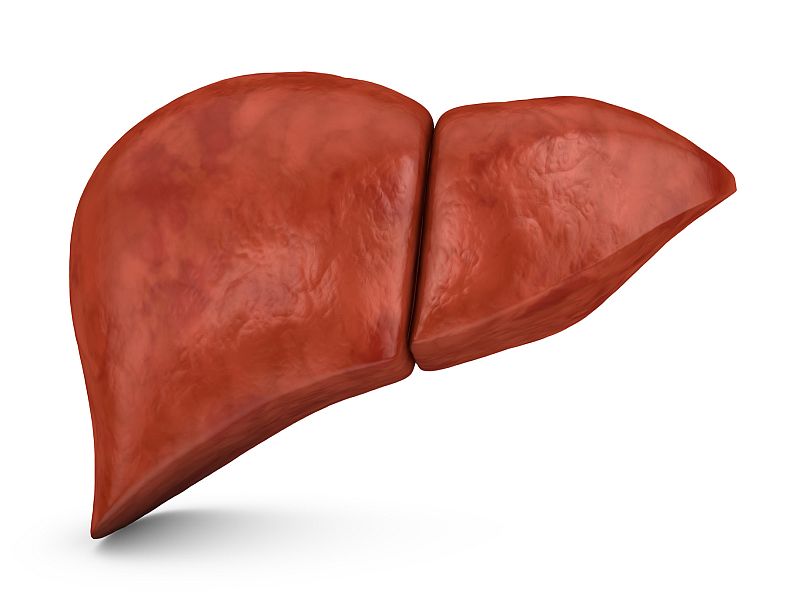A 'Supercool' Breakthrough for Patients Awaiting Liver Transplant

MONDAY, Sept. 9, 2019 (HealthDay News) -- A new "supercooling" technique can triple the length of time a donor liver can be preserved before transplantation, researchers say.
The new method -- which cools the liver to 21.2 degrees Fahrenheit without freezing it -- could make significantly more livers available for transplant.
Currently, a donor liver is stored on ice in a preservative solution at temperatures between 39.2 and 46.4 degrees F. The organ lasts only about nine hours before it becomes irreparably damaged and must be discarded.
A liver would survive longer at colder temperatures, but freezing causes serious damage that makes the liver unusable.
This breakthrough supercools livers without harming the tissues, so they can be preserved for up to 27 hours -- enough time to send the organs virtually anywhere in the United States or farther, the researchers said in a paper published Sept. 9 in the journal Nature Biotechnology.
Before being supercooled, the livers are infused with a preservative "cocktail" that protects them from the cold.
"With supercooling, as the volume increases it becomes exponentially more difficult to prevent ice formation at sub-zero [Celsius] temperatures," said Dr. Reiner de Vries, who helped develop the technique at the Center for Engineering in Medicine in Boston. The center is a partnership of Massachusetts General Hospital and Harvard Medical School.
The technique was first tried with rat livers. "So before, there were a lot of experts who said, 'Well, this is amazing in small rats, but it will not work in human organs,' and now we have successfully scaled it up 200 times from rat to human livers, using a combination of technologies," de Vries explained in a hospital news release.
The extra time the technique can buy could make the difference between success and failure of a liver transplant, according to co-developer Shannon Tessier, from the Center for Engineering in Medicine. Many times when an organ becomes available, there may not be a good match nearby.
"When you add that extra amount of time, that means you can search a wider distance, which means you have a better chance of not only finding a good match, but an excellent match," Tessier said in the news release. "And that means that you have less organ discard, get more organs to recipients, and those organs are better matched to the recipients, meaning that organ can have a longer life within the recipient."
Researchers said the breakthrough could help reduce a serious shortage of donor organs. Each year, only about 36,500 of the 730,000 U.S. patients who need an organ transplant get one.
More information
The American Liver Foundation has more on liver transplantation.

The news stories provided in Health News and our Health-E News Newsletter are a service of the nationally syndicated HealthDay® news and information company. Stories refer to national trends and breaking health news, and are not necessarily indicative of or always supported by our facility and providers. This information is provided for informational and educational purposes only, and is not intended to be a substitute for medical advice, diagnosis, or treatment.

